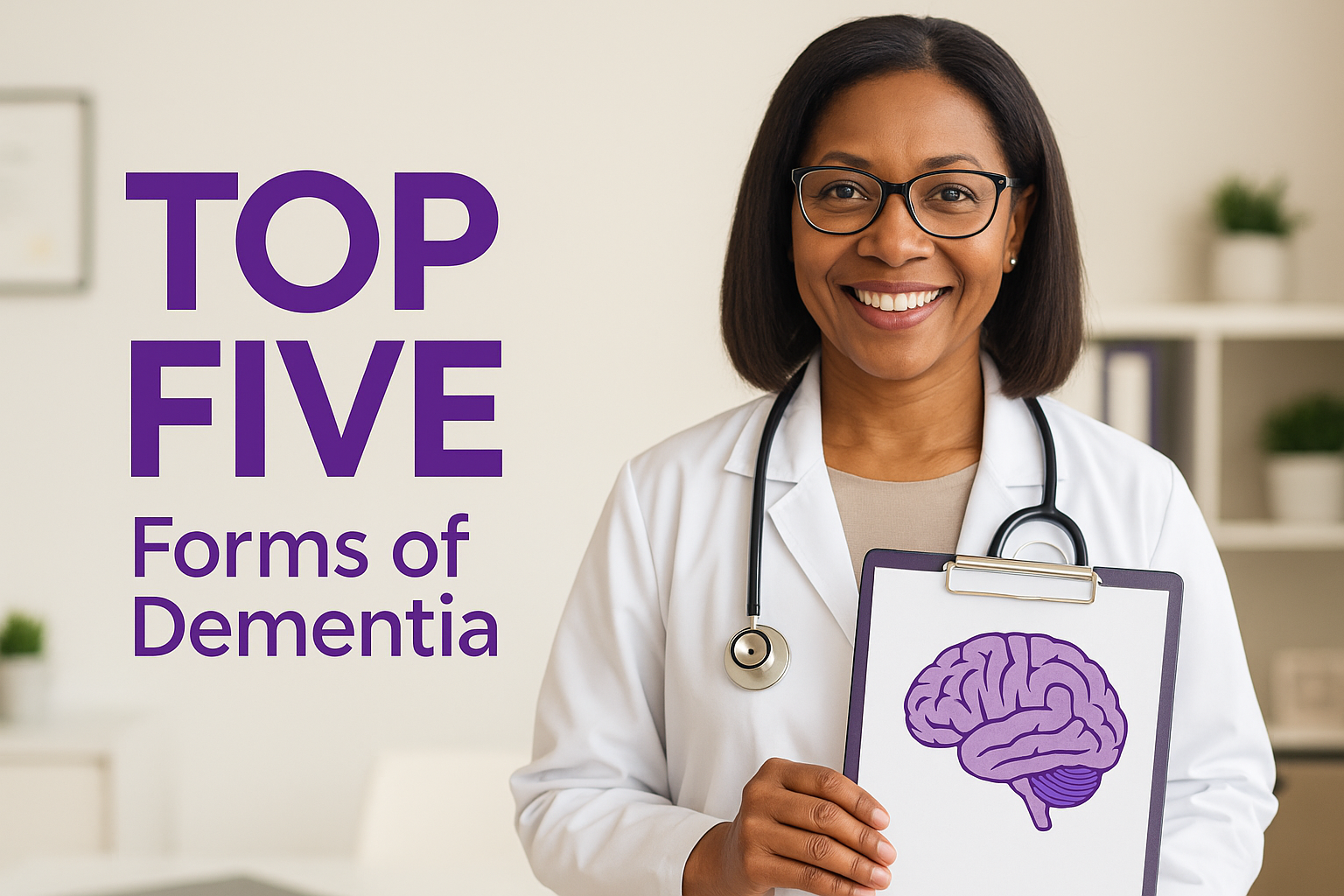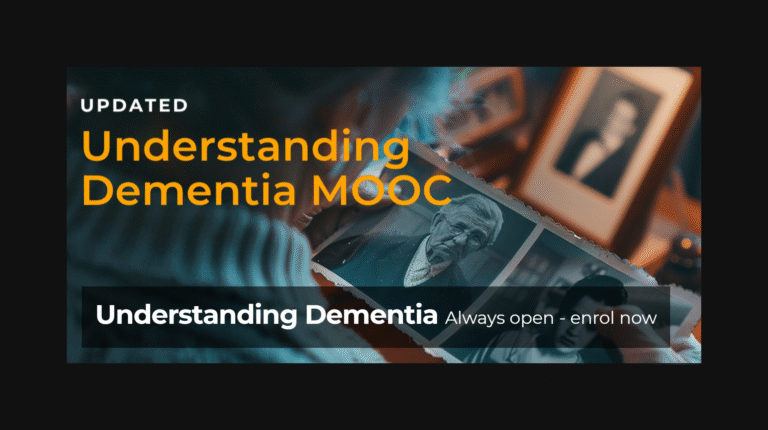The Top-Five Forms of Dementia
Continuing my series on insights from my doctoral research, which focused on personalizing learning for care partners of people living with dementia, I’m breaking down the subtle but important differences between the top five forms of dementia.
For many care partners, the word “dementia” is used broadly. But understanding the specific diagnosis, whether Alzheimer’s disease, Lewy Body dementia, frontotemporal dementia, vascular dementia, or Parkinson’s-related dementia, is critical to providing effective, personalized care.
Each condition presents differently, progresses at its own pace, and affects thinking, behavior, and movement in unique ways. Here’s a high-level overview to help caregivers, families, and professionals better understand what sets each apart:
🔹 Alzheimer’s Disease – The most common form of dementia, it typically begins with memory loss and gradually affects other cognitive functions. Caused by amyloid plaques and tau tangles, it progresses slowly and steadily.
🔹 Lewy Body Dementia (LBD) – Often confused with Parkinson’s or Alzheimer’s, LBD causes early hallucinations, fluctuating cognition, and motor symptoms. These symptoms may appear all at once, making it especially challenging for care partners.
🔹 Parkinson’s Disease Dementia – Begins with movement issues like tremors and stiffness. Cognitive decline tends to appear later in the disease. While it shares traits with LBD, the order of symptom appearance matters.
🔹 Frontotemporal Dementia (FTD) – Affects behavior, personality, and language before memory. Often strikes people under 65, and can be misdiagnosed as a psychiatric issue due to early personality changes.
🔹 Vascular Dementia – Caused by reduced blood flow to the brain (often after strokes), it leads to step-like declines in thinking and motor skills. The symptoms and rate of decline depend on the areas of the brain affected.
🧠 Why this matters:
Knowing the type of dementia shapes everything from communication strategies to safety measures, medication management, and long-term care planning. A personalized learning approach, tailored to the specific diagnosis, can make a world of difference for care partners trying to make the best decisions possible.
Understanding the diagnosis isn’t just a clinical concern—it’s a caregiving strategy.
Medical disclaimer: This article is for educational purposes only. It is not medical advice and does not replace care from your clinician. If you have a medical concern, contact your healthcare professional. If this is an emergency, call 911 (or your local emergency number).







